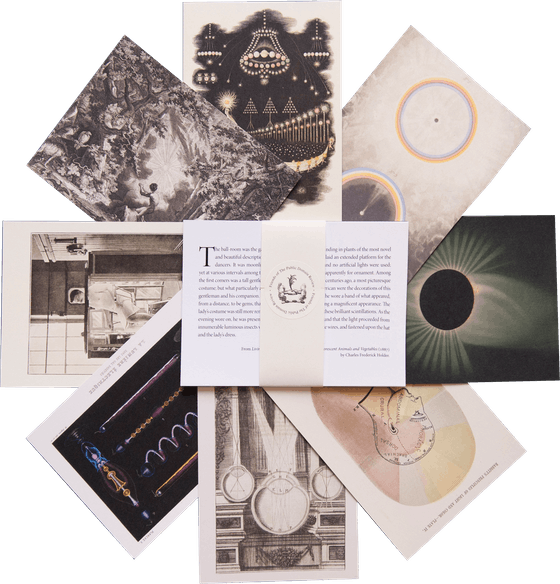
Gilded Fish: Illustrations from Histoire naturelle des dorades de la Chine (1780)
Goldfish have had a poor reputation over the last century or two. They’ve been casual prizes at fairground games; the lesser alternative to puppies or kittens; and idiomatically (and incorrectly) accused of having limited memory capacity. It was not always so. Goldfish were once prized pets, coveted by emperors and nobles, exotic symbols of good luck. But anything can lose its shine if it’s easily attainable — and that was the goldfish’s undoing.
Goldfish are part of the carp family, Cyprinidae. The species of this family are generally brown or silver and reproduce quickly — which is why they have long been cultivated for food in China. At some point in the ninth or tenth century, mutated carp with bright yellow-orange scales appeared. These “gold” fish were saved and bred as ornamental pets, allowing strange and wonderful new forms to emerge that would probably not have survived in the wild. During the twelfth-century Song Dynasty, nobody outside of the imperial family was allowed to raise these fish, as yellow was the imperial colour. In the seventeenth century, the goldfish made it to Portugal and then the rest of Europe over the following century. By the late nineteenth century, the exotic golden creatures had become fast-breeding playthings for children.
Histoire naturelle des dorades de la Chine (1780) — the dorades in the title refers not to sea bream but the fish’s gilded appearance — was the first monograph on goldfish published in Europe, from a time when the fish were still bound up with Eastern exoticism in the Western imagination. The book begins with a coloured portrait of the benevolent-looking Emperor Quianlong of China, followed by nearly thirty pages of French text by the writer, Louis-Edme Billardon de Sauvigny (1738–1812), introducing the goldfish and giving “observations and anecdotes relating to the customs, customs and government of this empire”.
Less a natural history than a cultural account, Histoire naturelle des dorades was based on a roll of paintings and notes sent to Louis XV’s court minister, Henri-Léonard Bertin, by two Chinese priests with whom he was in close contact: Aloys Ko (Gao Ren) and Étienne Yang (Yang Zhide). Bertin was a serious Sinophile and had an extensive collection of Chinese texts and objects, which he saw as a rich resource for bettering Western arts, crafts, architecture, and agriculture.
The forty-eight plates that follow the text include eighty-eight kinds of fish in beautiful hand-coloured golds, greens, browns, and blues, floating ephemerally above “watery” cyan backgrounds. These were created by the French court engraver François-Nicolas Martinet (1725–1804) whose skills ranged from ornithological art to portraiture. The delicate style of the plates might be reminiscent of the Chinese paintings on which they were based.
Histoire naturelle des dorades is very rare today, with only a few first editions still in existence — fitting for a work on fish that were once the preserve of rulers. In 2022, a first edition sold at Christies for over £27,000. The book came into existence as a luxury product produced by global connections and the resources of the French court, which would itself be abruptly dismantled just nine years after Histoire naturelle was published, when France erupted in revolution.
Enjoyed this piece? We need your help to keep publishing.
The PDR is a non-profit project kept alive by reader donations – no ads, no paywalls, just the generosity of our community. It’s a really exciting model, but we need your help to keep it thriving. Visit our support page to become a Friend and receive our themed postcard packs. Or give a one-off donation. Already a supporter? A huge thank you for making all this possible.
May 15, 2025







